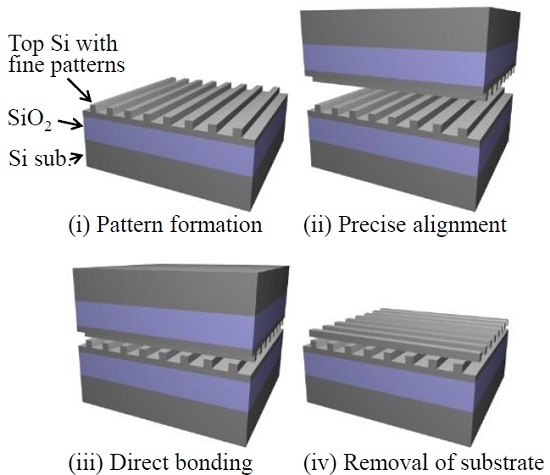Fabrication of 3D Photonic Crystals toward Arbitrary Manipulation of Photons in Three Dimensions
Abstract
:1. Introduction
2. Automatic Alignment System for High-Precision Stacking of 2D Patterns
2.1. Misalignment Detection by Image Recognition Technique
2.2. Automatic Correction of Misalignment by Feed-Back Control of Stages
3. Wafer Bonding of Silicon-on-Insulator Structure for 3D Stacking
3.1. Analysis of Strain in SOI Structure
3.2. Experimental Bonding of SOI Wafers
4. Fabrication of 3D Photonic Crystals
5. Summary
Acknowledgments
Conflicts of Interest
References
- Noda, S.; Tomoda, K.; Yamamoto, N.; Chutinan, A. Full three-dimensional photonic bandgap crystals at near-infrared wavelengths. Science 2000, 289, 604–606. [Google Scholar] [CrossRef] [PubMed]
- Ogawa, S.; Imada, M.; Yoshimoto, S.; Okano, M.; Noda, S. Control of light emission by 3D photonic crystals. Science 2004, 305, 227–229. [Google Scholar] [CrossRef] [PubMed]
- Qi, M.; Lidorikis, E.; Rakich, P.T.; Johnson, S.G.; Joannopoulos, J.D.; Ippen, E.P.; Smith, H.I. A three-dimensional optical photonic crystal with designed point defects. Nature 2004, 429, 538–542. [Google Scholar] [CrossRef] [PubMed]
- Lodahl, P.; van Driel, A.F.; Nikolaev, I.S.; Irman, A.; Overgaag, K.; Vanmaekelbergh, D.; Vos, W.L. Controlling the dynamics of spontaneous emission from quantum dots by photonic crystals. Nature 2004, 430, 654–657. [Google Scholar] [CrossRef] [PubMed]
- Imada, M.; Lee, L.-H.; Okano, M.; Kawashima, S.; Noda, S. Development of three-dimensional photonic-crystal waveguides at optical-communication wavelengths. Appl. Phys. Lett. 2006, 88, 171107. [Google Scholar] [CrossRef]
- Rinne, S.A.; García-Santamaría, F.; Braun, P.V. Embedded cavities and waveguides in three-dimensional silicon photonic crystals. Nat. Photonics 2008, 2, 52–56. [Google Scholar] [CrossRef]
- Aoki, K.; Guimard, D.; Nishioka, M.; Nomura, M.; Iwamoto, S.; Arakawa, Y. Coupling of quantum-dot light emission with a three-dimensional photonic-crystal nanocavity. Nat. Photonics 2008, 2, 688–692. [Google Scholar] [CrossRef]
- Ishizaki, K.; Noda, S. Manipulation of photons at the surface of three-dimensional photonic crystals. Nature 2009, 460, 367–370. [Google Scholar] [CrossRef] [PubMed]
- Takahashi, S.; Suzuki, K.; Okano, M.; Imada, M.; Nakamori, T.; Ota, Y.; Ishizaki, K.; Noda, S. Direct creation of three-dimensional photonic crystals by a top-down approach. Nat. Mater. 2009, 8, 721–725. [Google Scholar] [CrossRef] [PubMed]
- Kawashima, S.; Ishizaki, K.; Noda, S. Light propagation in three-dimensional photonic crystals. Opt. Express 2010, 18, 386–392. [Google Scholar] [CrossRef] [PubMed]
- Staude, I.; von Freymann, G.; Essig, S.; Busch, K.; Wegener, M. Waveguides in three-dimensional photonic-bandgap materials by direct laser writing and silicon double inversion. Opt. Lett. 2011, 36, 67–69. [Google Scholar] [CrossRef] [PubMed]
- Tandaechanurat, A.; Ishida, S.; Guimard, D.; Nomura, M.; Iwamoto, S.; Arakawa, Y. Lasing oscillation in a three-dimensional photonic crystal nanocavity with a complete bandgap. Nat. Photonics 2011, 5, 91–94. [Google Scholar] [CrossRef]
- Ishizaki, K.; Koumura, M.; Suzuki, K.; Gondaira, K.; Noda, S. Realization of three-dimensional guiding of photons in photonic crystals. Nat. Photonics 2013, 21, 10590–10596. [Google Scholar] [CrossRef]
- Ishizaki, K.; Gondaira, K.; Ota, Y.; Suzuki, K.; Noda, S. Nanocavities at the surface of three-dimensional photonic crystals. Opt. Express 2013, 7, 133–137. [Google Scholar] [CrossRef] [PubMed]
- Yamamoto, N.; Noda, S.; Sasaki, A. New realization method for three-dimensional photonic crystal in the optical wavelength region: Experimental consideration. Jpn. J. Appl. Phys. 1997, 36, 1907–1911. [Google Scholar] [CrossRef]
- Fleming, J.G.; Lin, S.Y. Three-dimensional photonic crystal with a stop band from 1.35 to 1.95 µm. Opt. Lett. 1999, 24, 49–51. [Google Scholar] [CrossRef] [PubMed]
- Blanco, A.; Chomski, E.; Grabtchak, S.; Ibisate, M.; John, S.; Leonard, S.W.; Lopez, C.; Meseguer, F.; Miguez, H.; Mondia, J.P.; et al. Large-scale synthesis of a silicon photonic crystal with a complete three-dimensional bandgap near 1.5 micrometres. Nature 2000, 405, 437–440. [Google Scholar] [PubMed]
- Vlasov, Y.A.; Bo, X.Z.; Sturm, J.C.; Norris, D.J. On-chip natural assembly of silicon photonic bandgap crystals. Nature 2001, 414, 289–293. [Google Scholar] [CrossRef] [PubMed]
- Takahashi, S.; Okano, M.; Imada, M.; Noda, S. Three-dimensional photonic crystals based on double-angled etching and wafer-fusion techniques. Appl. Phys. Lett. 2006, 89, 123106. [Google Scholar] [CrossRef] [Green Version]
- Suzuki, K.; Kitano, K.; Ishizaki, K.; Noda, S. Three-dimensional photonic crystals created by single-step multi-directional plasma etching. Opt. Express 2014, 22, 17099–17106. [Google Scholar] [CrossRef] [PubMed]
- Cheng, C.C.; Arbet-Engels, V.; Scherer, A.; Yablonovitch, E. Nanofabricated three dimensional photonic crystals operating at optical wavelengths. Phys. Scr. 1996, 68, 17–20. [Google Scholar] [CrossRef]
- Chelnokov, A.; David, S.; Wang, K.; Marty, F.; Lourtioz, J.-M. Fabrication of 2-D and 3-D silicon photonic crystals by deep etching. IEEE J. Sel. Top. Quantum Electron. 2002, 8, 919–927. [Google Scholar] [CrossRef]
- Tjerkstra, R.W.; Segerink, F.B.; Kelly, J.J.; Vos, W.L. Fabrication of three-dimensional nanostructures by focused ion beam milling. J. Vac. Sci. Technol. B 2008, 26, 973–977. [Google Scholar] [CrossRef]
- Tang, L.; Yoshie, T. Light localization in woodpile photonic crystal built via two-directional etching method. IEEE J. Quantum Electron. 2011, 47, 1028–1035. [Google Scholar] [CrossRef]
- Chutinan, A.; Noda, S. Highly confined waveguides and waveguide bends in three-dimensional photonic crystal. Appl. Phys. Lett. 1999, 75, 3739–3741. [Google Scholar] [CrossRef]
- Okano, M.; Chutinan, A.; Noda, S. Analysis and design of single-defect cavities in a three-dimensional photonic crystal. Phys. Rev. B 2002, 66, 165211. [Google Scholar] [CrossRef]
- Okano, M.; Kako, S.; Noda, S. Coupling between a point-defect cavity and a line-defect waveguide in three-dimensional photonic crystal. Phys. Rev. B 2003, 68, 235110. [Google Scholar] [CrossRef]
- Kawashima, S.; Lee, L.H.; Okano, M.; Imada, M.; Noda, S. Design of donor-type line-defect waveguides in three-dimensional photonic crystals. Opt. Express 2005, 13, 9774–9781. [Google Scholar] [CrossRef] [PubMed]
- Gondaira, K.; Ishizaki, K.; Koumura, M.; Asano, T.; Noda, S. Role of surface mode on light out-coupling characteristics of waveguide in three-dimensional photonic crystals. J. Light. Technol. 2015, 33, 4531–4535. [Google Scholar] [CrossRef]
- Yamamto, N.; Noda, S. 100-nm-scale alignment using laser beam diffraction pattern observation techniques and wafer fusion for realizing three-dimensional photonic crystal structure. Jpn. J. Appl. Phys. 1998, 37, 3334–3338. [Google Scholar] [CrossRef]
- Kawashima, S.; Imada, M.; Ishizaki, K.; Noda, S. High-precision alignment and bonding system for the fabrication of 3-D nanostructures. J. Microelectromech. Syst. 2007, 16, 1140–1144. [Google Scholar] [CrossRef] [Green Version]
- Chutinan, A.; Noda, S. Effects of structural fluctuations on the photonic bandgap during fabrication of a photonic crystal. J. Opt. Soc. Am. B 1999, 16, 240–244. [Google Scholar] [CrossRef]
- Ishizaki, K.; Okano, M.; Noda, S. Numerical investigation of emission in finite-sized three-dimensional photonic crystals with structural fluctuations. J. Opt. Soc. Am. B 2009, 26, 1157–1161. [Google Scholar] [CrossRef]
- Kim, B.; Matthias, T.; Wimplinger, M.; Lindner, P. Advanced wafer bonding solutions for TSV integration with thin wafers. In Proceedings of the IEEE International Conference on 3D System Integration, San Francisco, CA, USA, 28–30 September 2009; pp. 1–6.
- Lee, S.H.; Chen, K.-N.; Lu, J.J.-Q. Wafer-to-wafer alignment for three-dimensional integration: A review. J. Microelectromech. Syst. 2011, 20, 885–898. [Google Scholar] [CrossRef]
- Sonka, M.; Hlavac, V.; Boyle, R. Image Processing, Analysis and Machine Vision, 2nd ed.; Springer US: Albany, NY, USA, 1999. [Google Scholar]
- Ogawa, S.; Imada, M.; Noda, S. Analysis of thermal stress in wafer bonding of dissimilar materials for the introduction of an INP-based light emitter into a GaAs-based three-dimensional photonic crystal. Appl. Phys. Lett. 2003, 82, 3406–3408. [Google Scholar] [CrossRef]
- Sekoguchi, H.; Takahashi, Y.; Asano, T.; Noda, S. Photonic crystal nanocavity with a Q-factor of ~9 million. Opt. Express 2014, 22, 916–924. [Google Scholar] [CrossRef] [PubMed]
- Schmidt, M.A. Wafer-to-wafer bonding for microstructure formation. Proc. IEEE 1998, 86, 1575–1585. [Google Scholar] [CrossRef]
- Liu, H.C.; Murarka, S.P. Elastic and viscoelastic analysis of stress in thin films. J. Appl. Phys. 1992, 72, 3458–3463. [Google Scholar] [CrossRef]
- Bruel, M.; Aspar, B.; Auberton-Hervé, A.J.S. Smart-cut: A new silicon on insulator material technology based on hydrogen implantation and wafer bonding. Jpn. J. Appl. Phys. 1997, 36, 1636–1641. [Google Scholar] [CrossRef]
- Tong, Q.-Y.; Gösele, U. Semiconductor Wafer Bonding: Science and Technology; Wiley: New York, NY, USA, 1998. [Google Scholar]
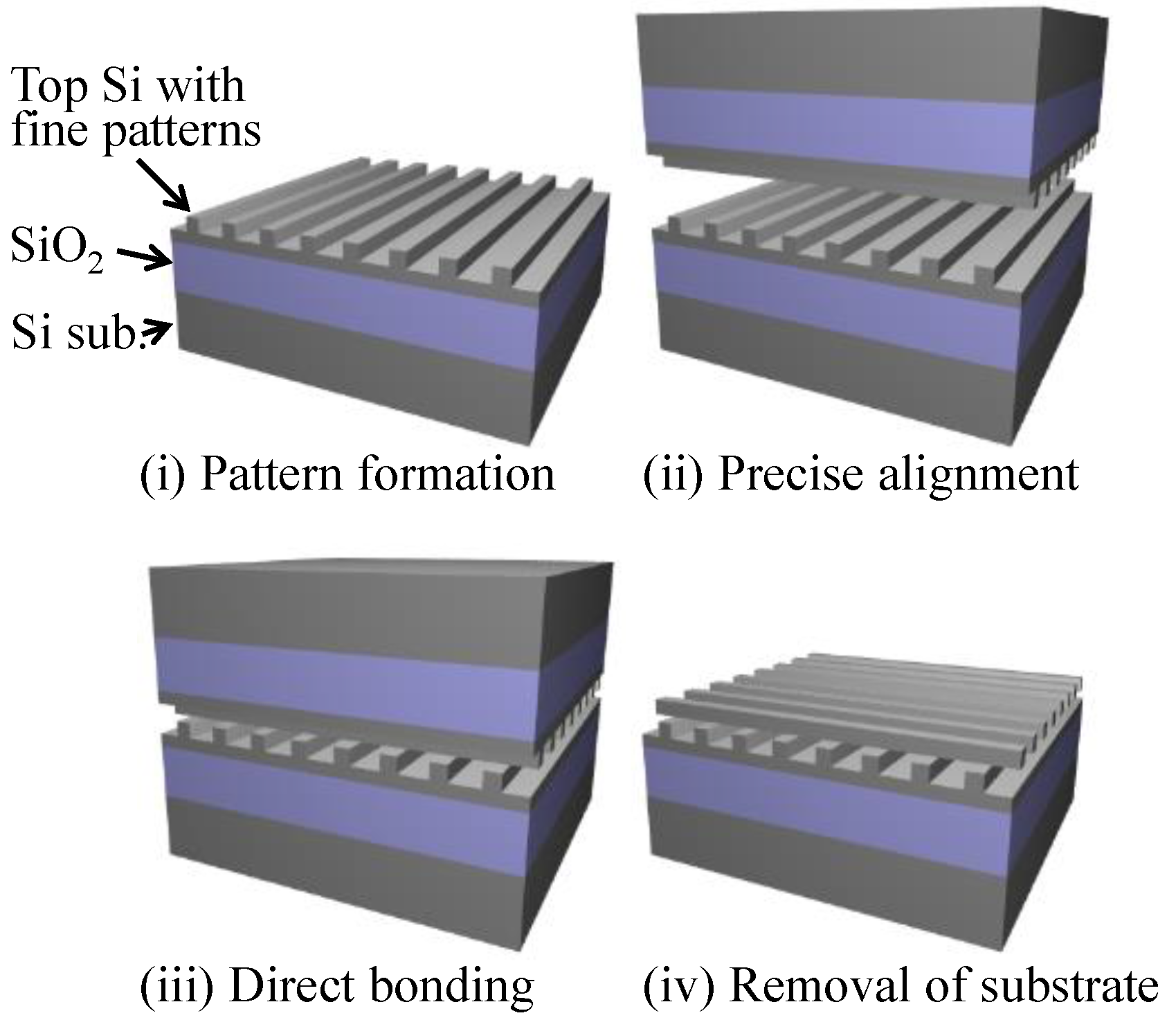
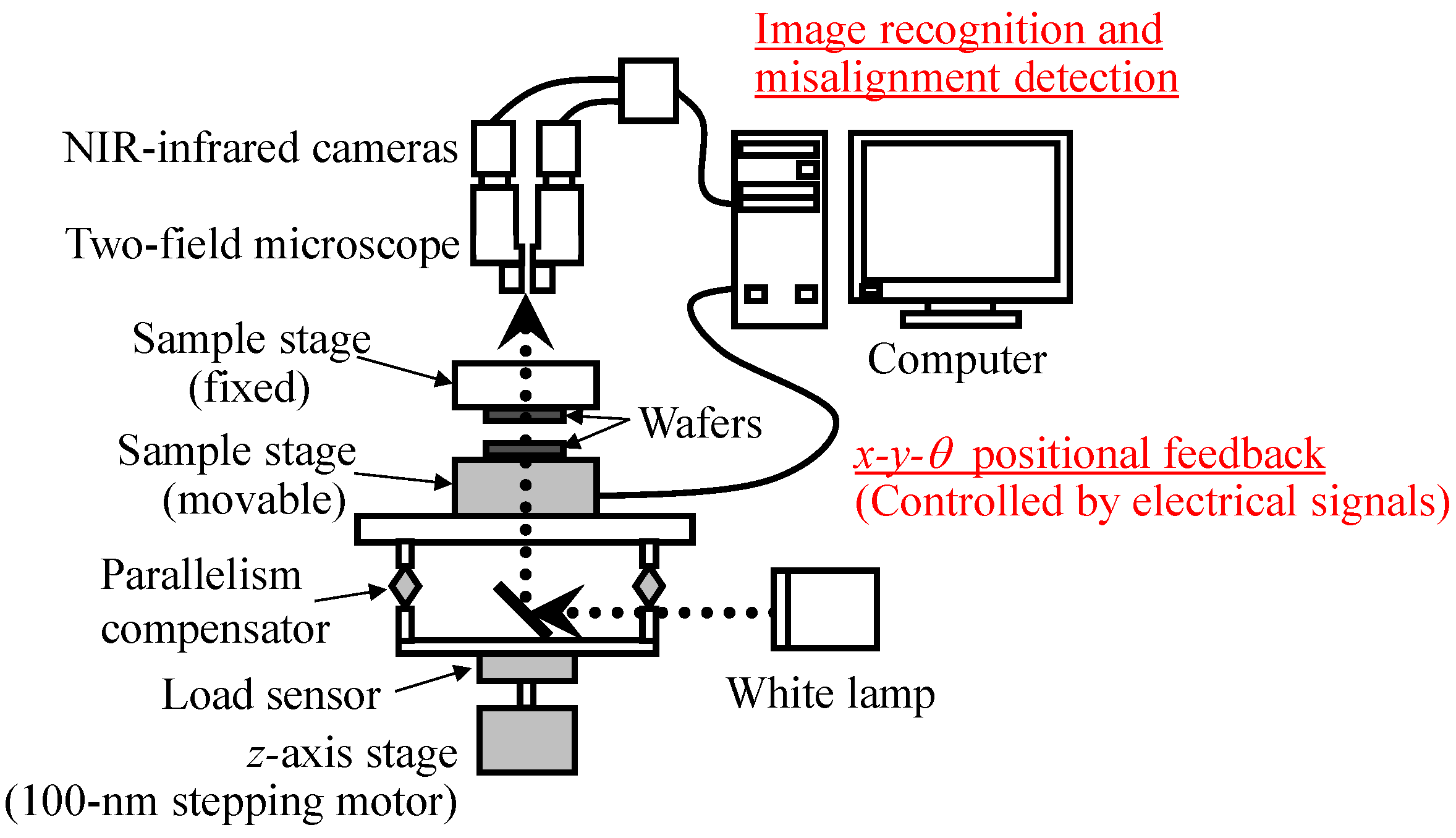

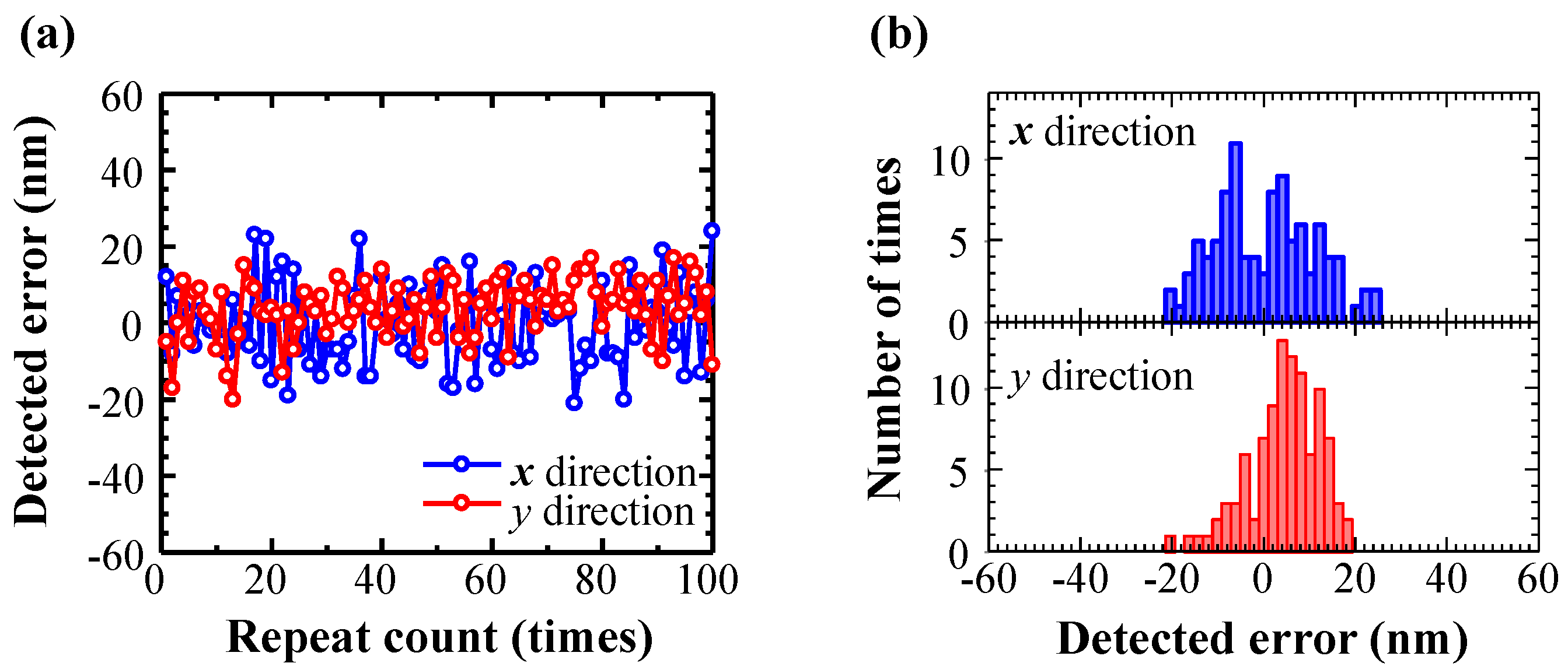
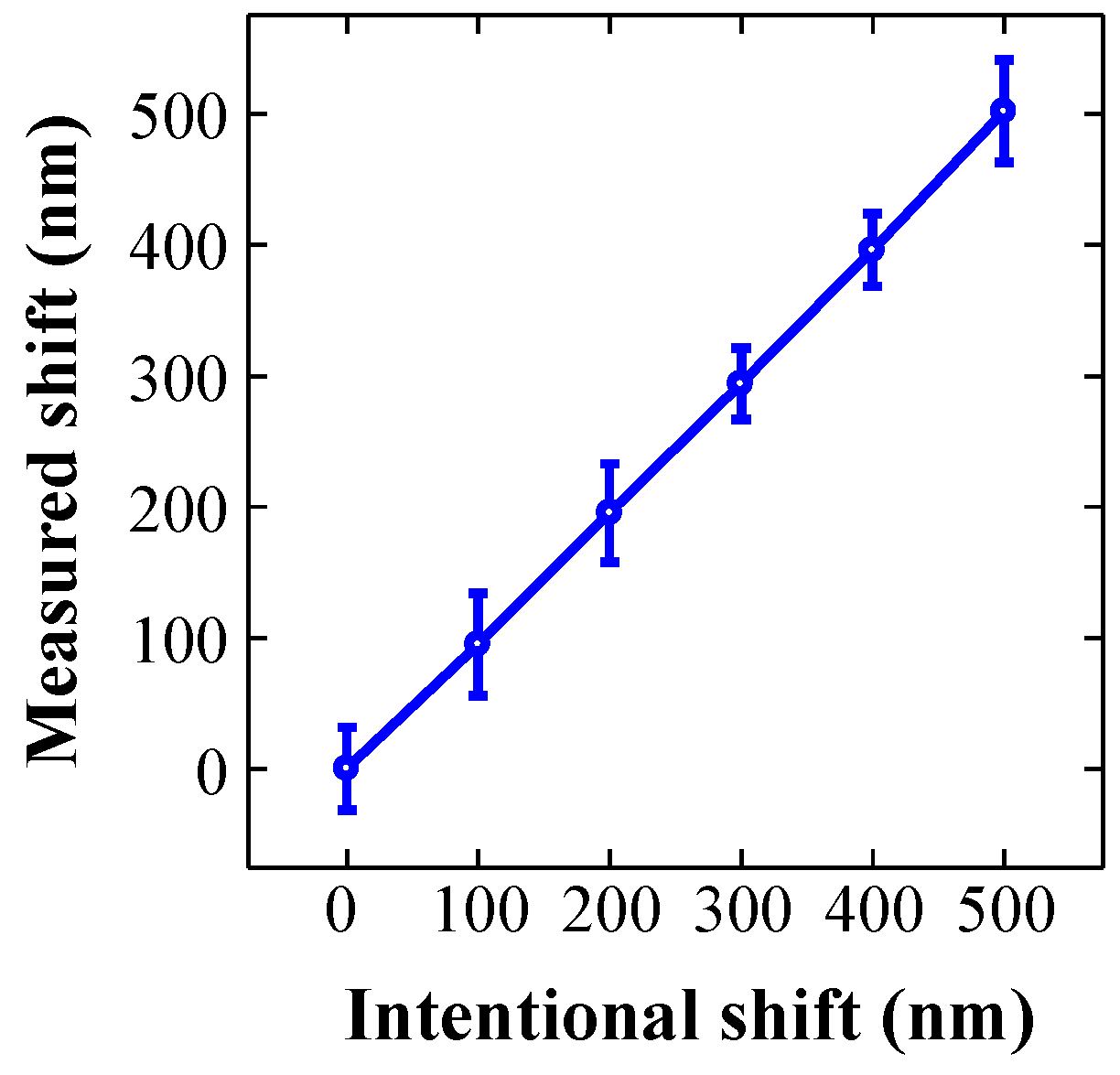
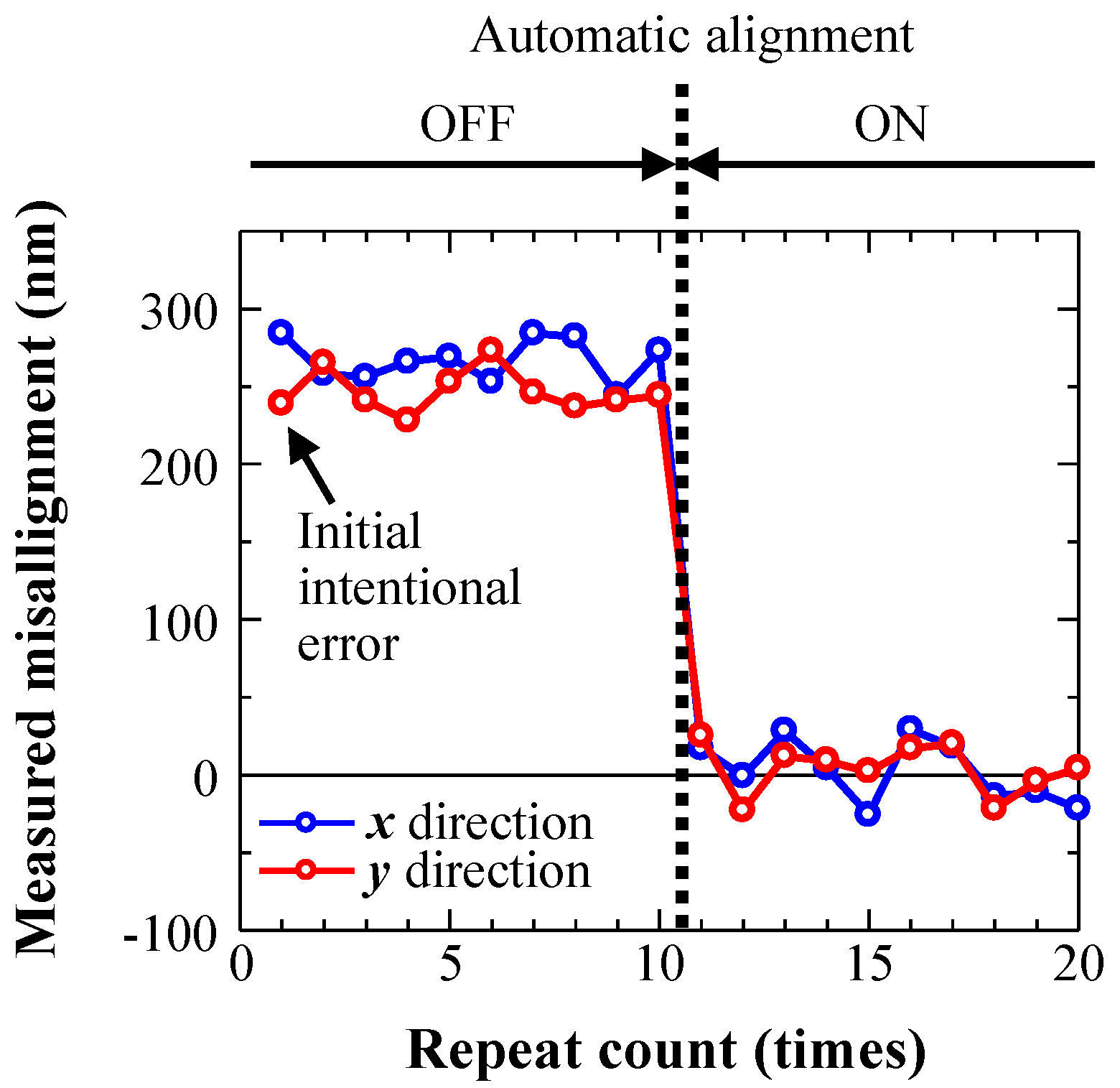

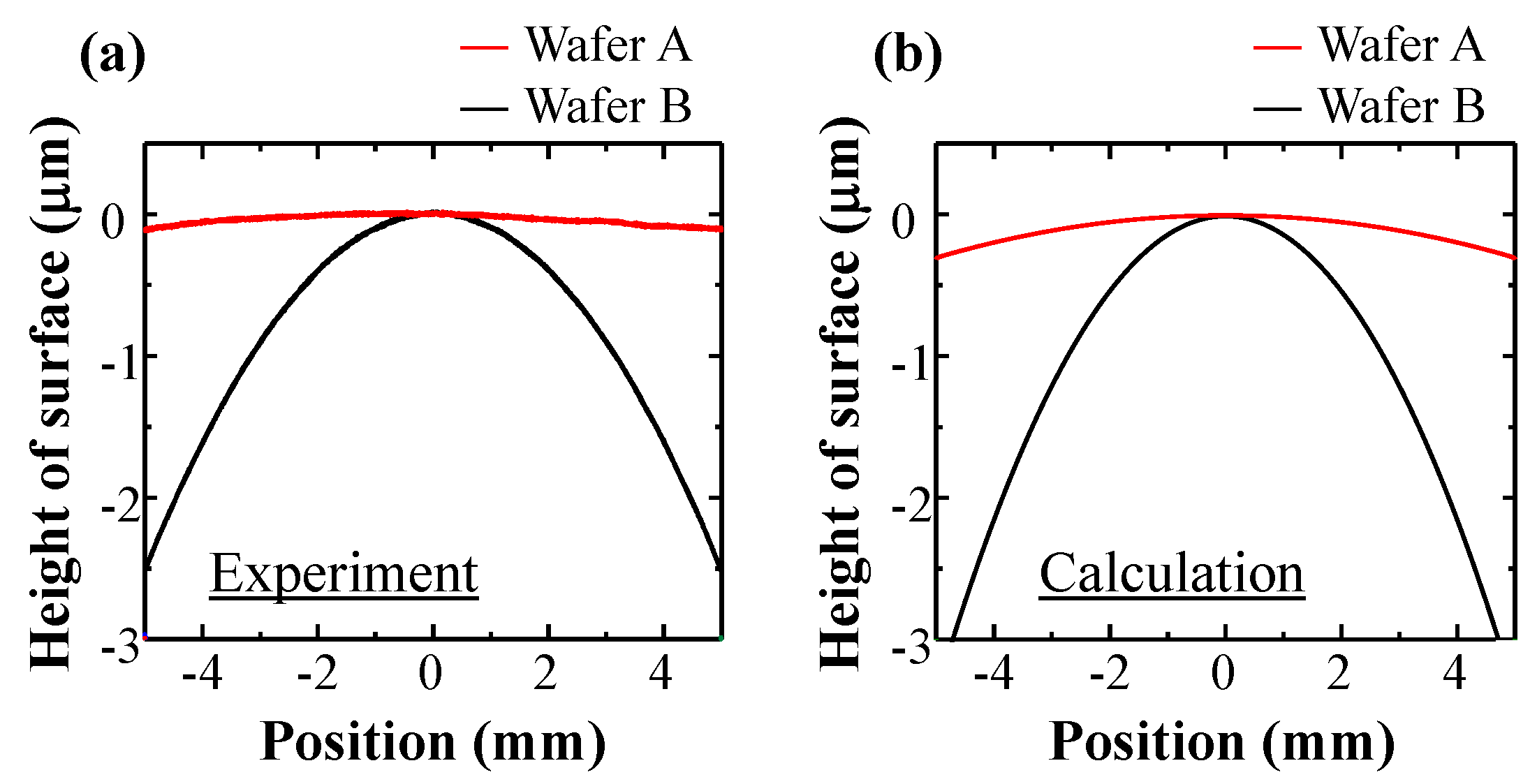
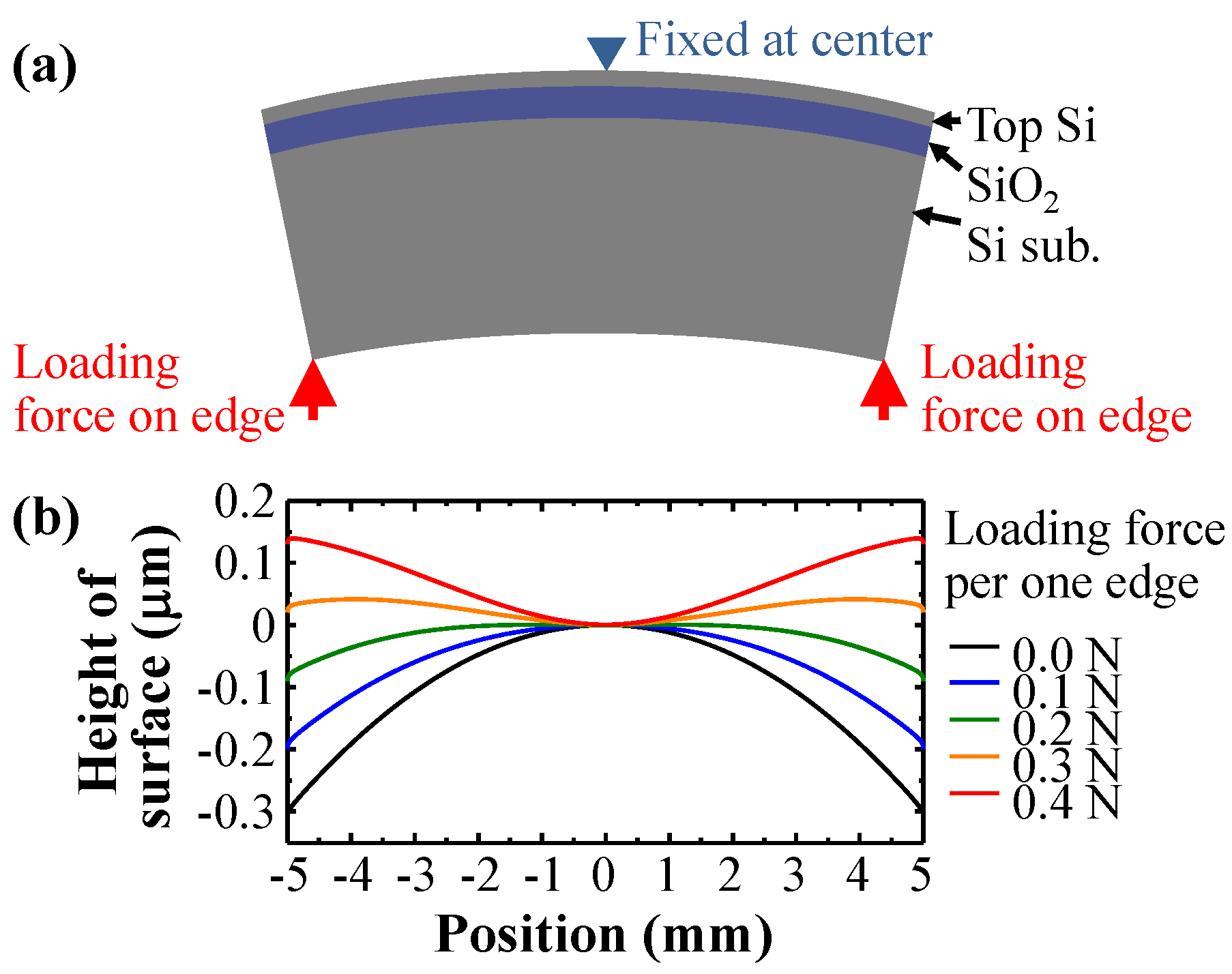
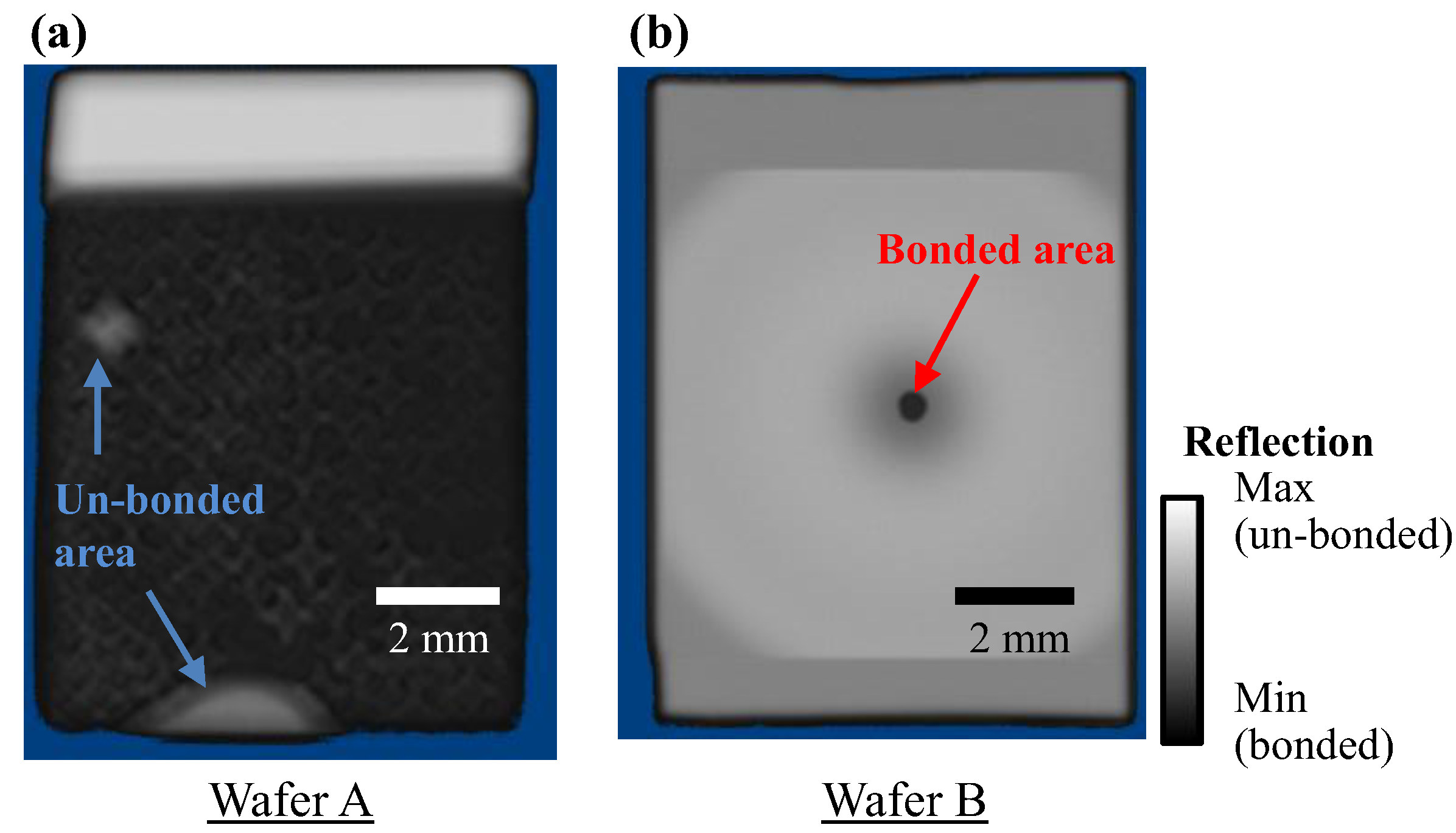
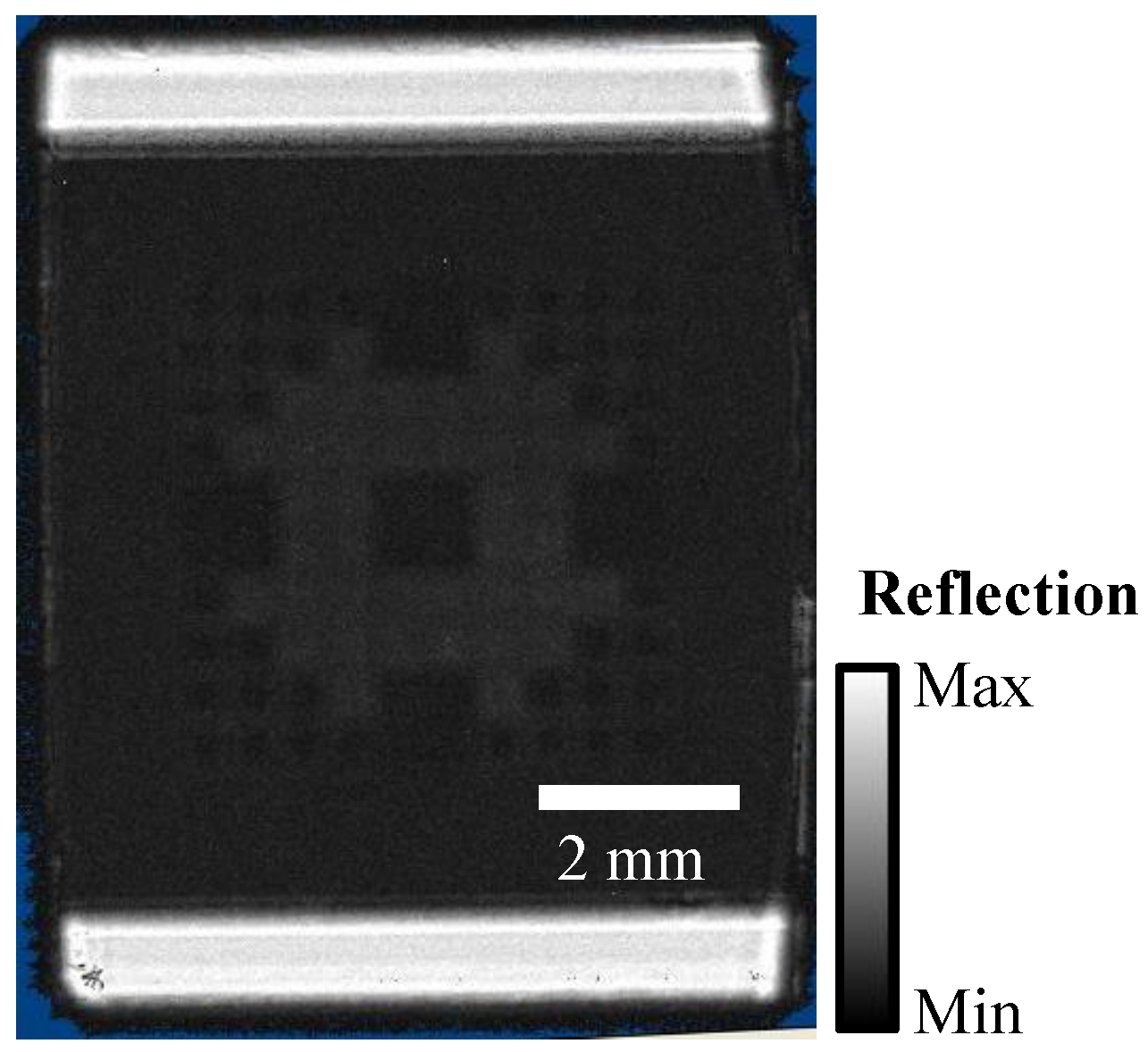
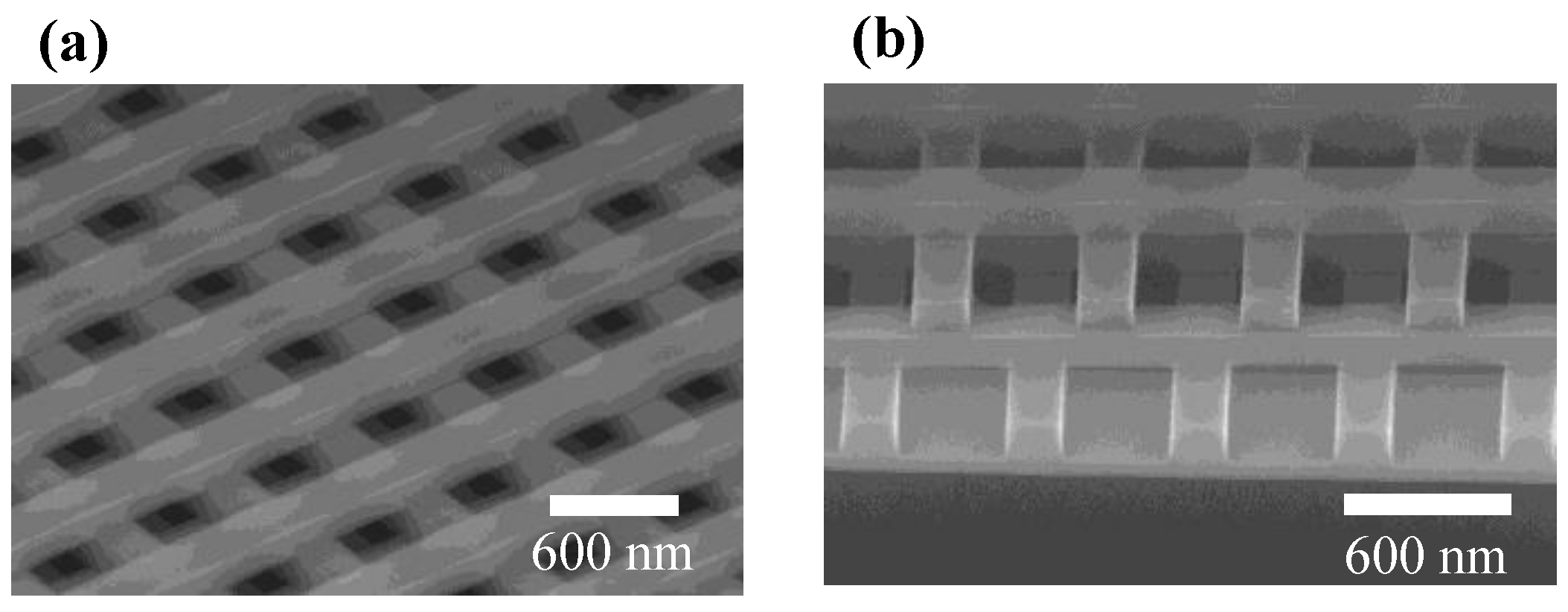
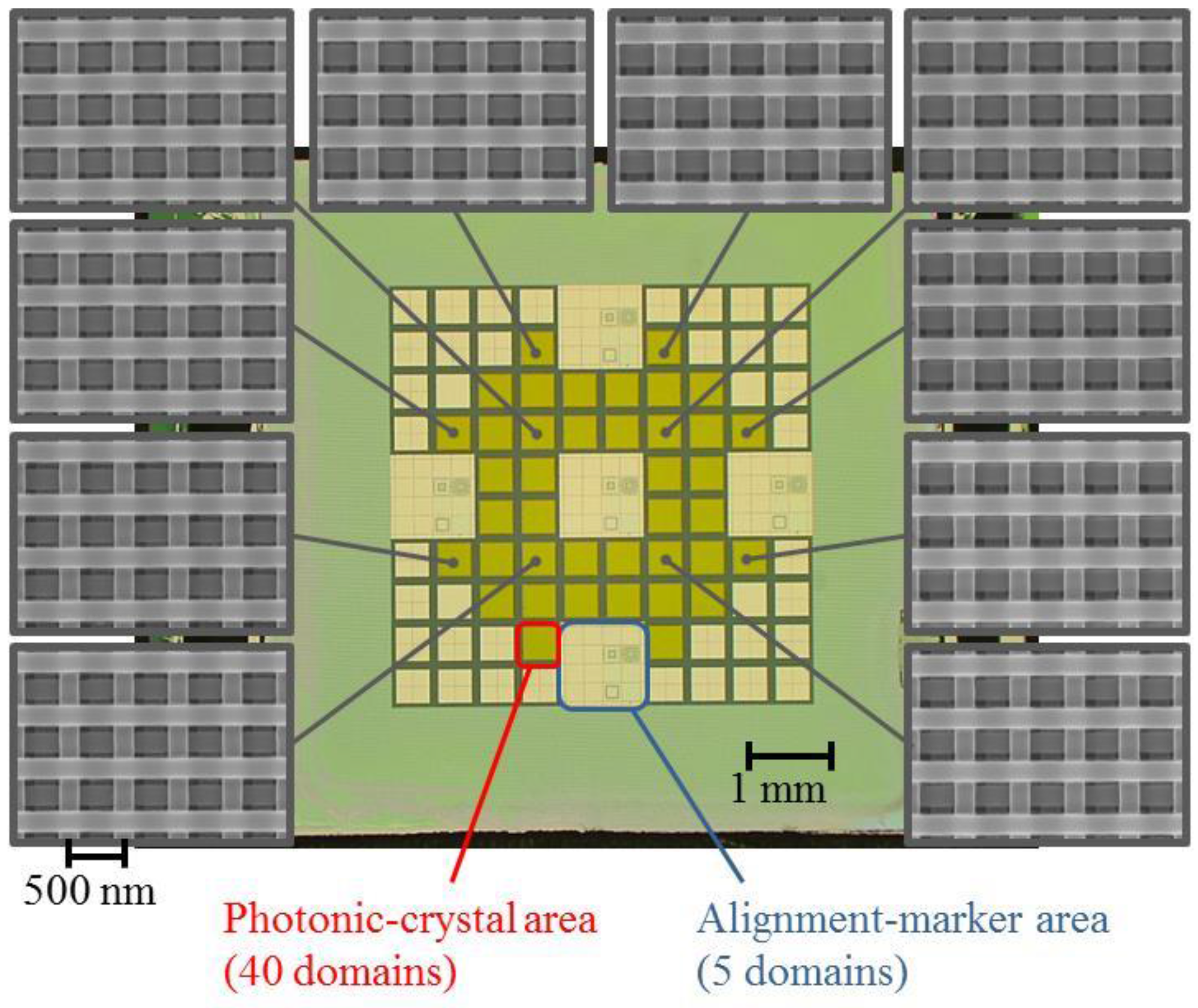
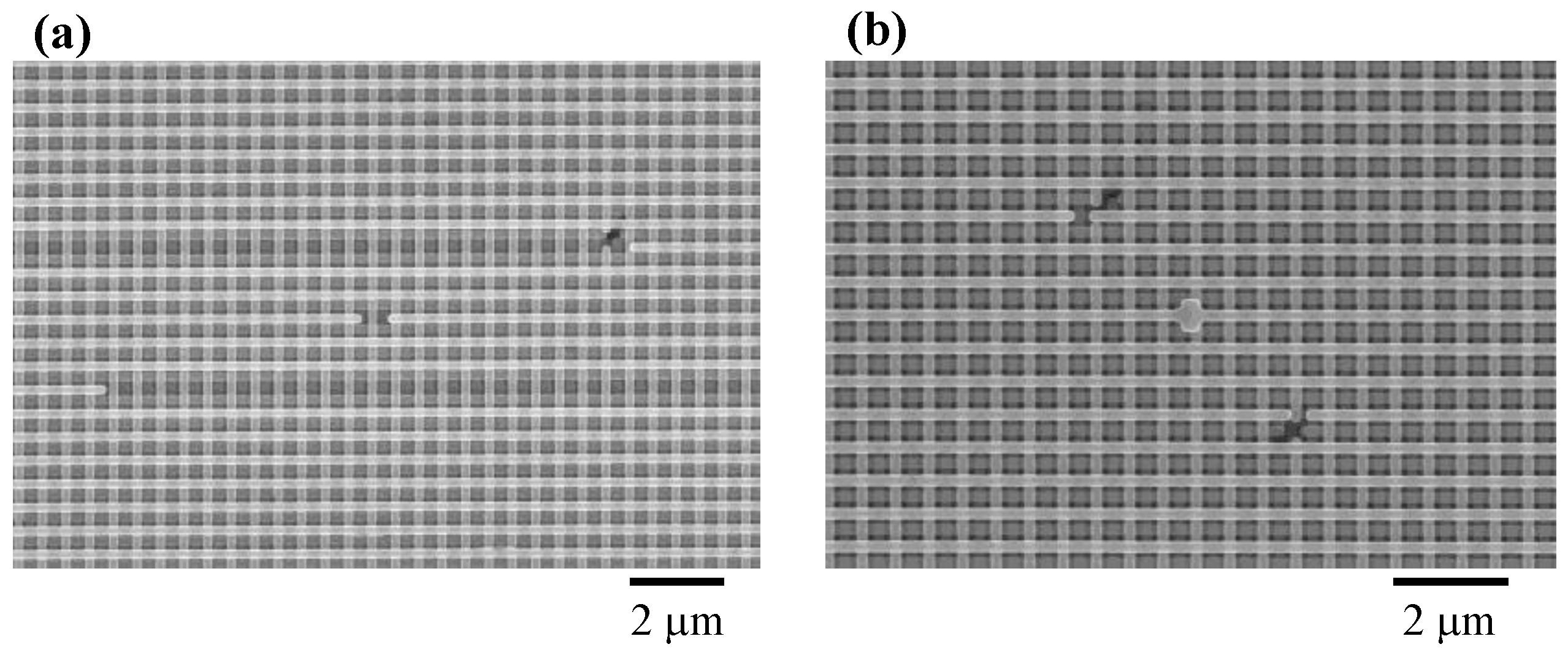
| Wafer ID | Thickness of Top Si | Thickness of Buried SiO2 | Thickness of Handle Si Substrate |
|---|---|---|---|
| Wafer A | 700 nm | 1 μm | 690 μm |
| Wafer B | 500 nm | 3 μm | 350 μm |
© 2016 by the authors; licensee MDPI, Basel, Switzerland. This article is an open access article distributed under the terms and conditions of the Creative Commons Attribution (CC-BY) license (http://creativecommons.org/licenses/by/4.0/).
Share and Cite
Ishizaki, K.; Suzuki, K.; Noda, S. Fabrication of 3D Photonic Crystals toward Arbitrary Manipulation of Photons in Three Dimensions. Photonics 2016, 3, 36. https://doi.org/10.3390/photonics3020036
Ishizaki K, Suzuki K, Noda S. Fabrication of 3D Photonic Crystals toward Arbitrary Manipulation of Photons in Three Dimensions. Photonics. 2016; 3(2):36. https://doi.org/10.3390/photonics3020036
Chicago/Turabian StyleIshizaki, Kenji, Katsuyoshi Suzuki, and Susumu Noda. 2016. "Fabrication of 3D Photonic Crystals toward Arbitrary Manipulation of Photons in Three Dimensions" Photonics 3, no. 2: 36. https://doi.org/10.3390/photonics3020036




